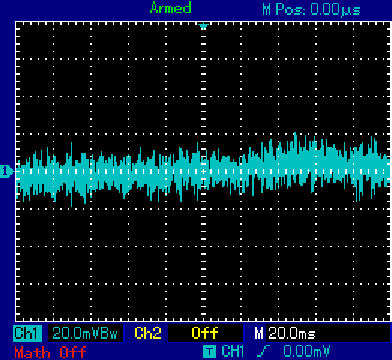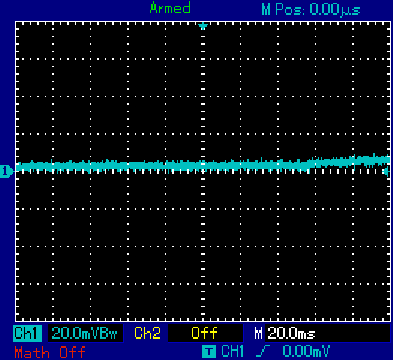Samuel Groner
Well-known member
Hi
On a recent mic preamp design I used a TL783 to supply the eight channels with phantom power. As proposed in the data sheet, I didn't bypass the reference pin as one would do with LM317 et al. The voltage divider impedance for the reference pin was chosen such that it draws the minimum output quiescent current and both smoothing capacitors and secondary transformer voltage were generously specified.
When watching the output of the voltage regulator on the 'scope I noticed that I got much more (though still below 5 mVpp) low-frequency noise/ripple than on the other six supply lines using more standard regulators (both fixed and adjustable).
The RC filter right before the two 6k8 resistors obviously heavily suppressed the noise such that it is not a problem in practice. But as the addition of a capacitor and protection diode isn't much of a hassle, I thougth if there are any opinions/experiences out here?
I see that Bo Hansen seems to use bypassing: http://web.telia.com/~u31617586/#48 volt phantom power supply
Samuel
On a recent mic preamp design I used a TL783 to supply the eight channels with phantom power. As proposed in the data sheet, I didn't bypass the reference pin as one would do with LM317 et al. The voltage divider impedance for the reference pin was chosen such that it draws the minimum output quiescent current and both smoothing capacitors and secondary transformer voltage were generously specified.
When watching the output of the voltage regulator on the 'scope I noticed that I got much more (though still below 5 mVpp) low-frequency noise/ripple than on the other six supply lines using more standard regulators (both fixed and adjustable).
The RC filter right before the two 6k8 resistors obviously heavily suppressed the noise such that it is not a problem in practice. But as the addition of a capacitor and protection diode isn't much of a hassle, I thougth if there are any opinions/experiences out here?
I see that Bo Hansen seems to use bypassing: http://web.telia.com/~u31617586/#48 volt phantom power supply
Samuel




